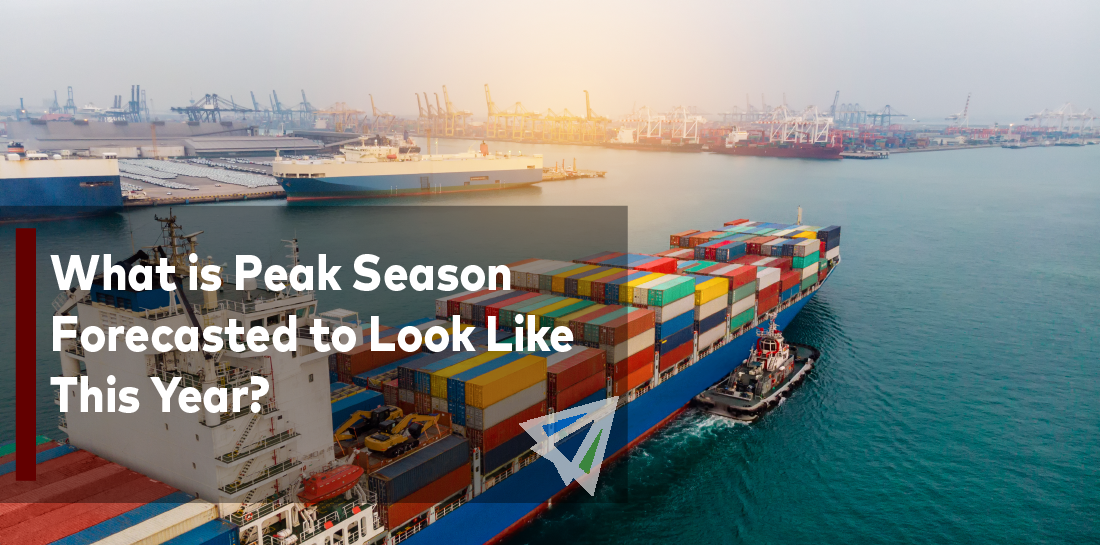U.S. based retailers and other importers are forecasting a slightly weaker peak season this year. While 2022 had an abundance of import activity seen at all U.S. ocean ports, this year is expected to be slower but still similar to pre-pandemic cargo volumes.
Consumer spending reports and analysis of retail businesses indicate that consumer demand remains strong this year, however, it’s not expected to come close to matching the heightened level of demand that was seen in the prior 2 years. Coming out of the pandemic, purchasing behavior was at an all-time high as people resumed their normal economic activities after a year of uncertainty, product unavailability, and stockouts, though it appears the hype around the return to normalcy is leveling out.
The Global Port Tracker (GPT) is estimating that imports in May of this year are going to be roughly 23.5% lower than those seen the same time last year. Current predictions from the same source for the months of June, July, August, and September show subsequent declines of 15.9%, 7.9%, 9.9%, and 3.4%.
While these numbers aren’t catastrophically low, they are more representative of what normal import activity looked like in 2018 and 2019 before the COVID-19 pandemic struck. In August 2022, the U.S. imported 1.71 million TEUs from Asia, and in September, 1.48 million TEUs. Following the predictions made by the GPT
Inflation Affecting Consumer Spending & Retail Inventory
According to GPT, consumer spending in the upcoming months will face some challenges due to high inflation. Additionally, retailers are taking a cautious approach when it comes to placing purchase orders with factories in Asia. This cautiousness stems from the existence of bloated inventories, which has led to a decreased demand for consumer goods. Ben Hackett, the founder of Hackett Associates, which publishes GPT monthly with the NRF, highlighted that import volumes have been declining at most ports since late last year. Furthermore, the decline in exports from China further emphasizes the slowdown in consumer goods demand. Hackett believes that imports will continue to remain below recent levels until inflation rates and inventory surpluses are reduced.
The NRF also drew attention to the fact that although the congestion issues faced by most US ports in 2021-22 have significantly diminished, they still grapple with trucker shortages. Additionally, ongoing labor contract negotiations on the West Coast, which have been going on for a year, introduce an element of uncertainty. These factors contribute to the challenges faced by ports and the overall import-export landscape.
All of this information was obtained through analyzing 12 of the major U.S. ports, which gives a relatively accurate representation of what industry activity looks like on a much grander scale.
